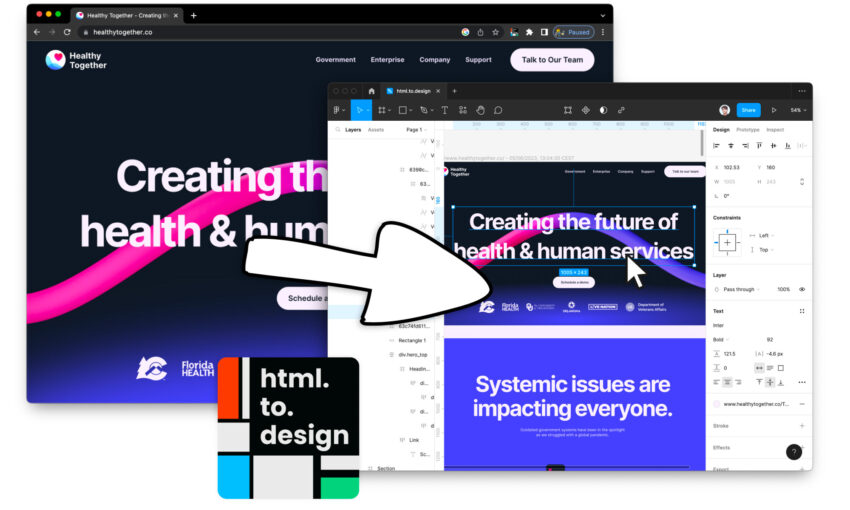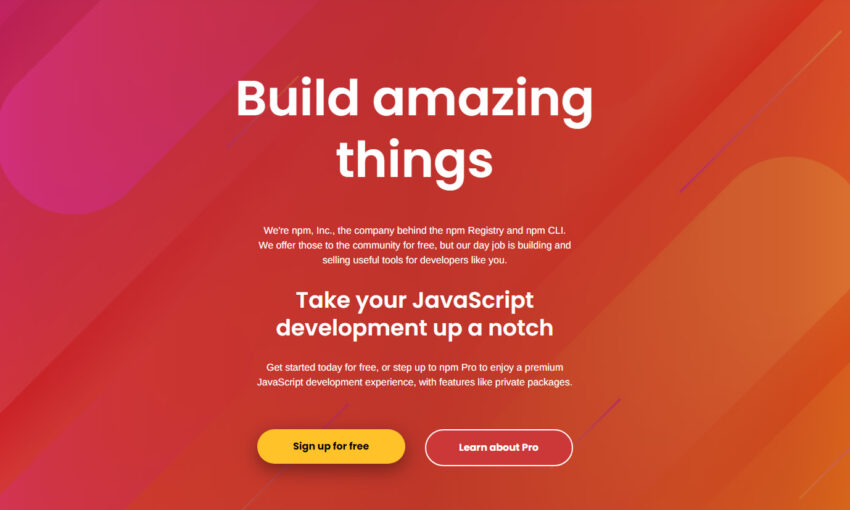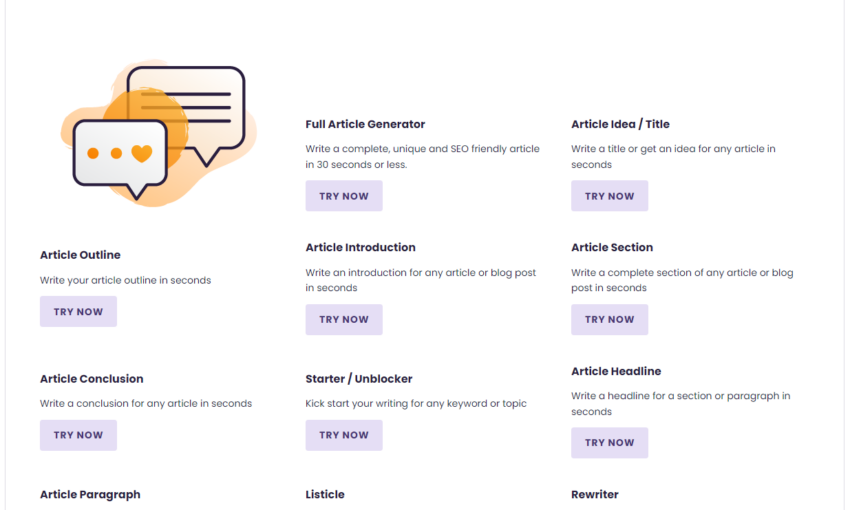Here is a collection of 20 valuable tools for UX designers. You might have used some of them, nonetheless spend a few minutes going through the collection to find out whether we’ve covered something that is not in your design arsenal yet.
The UX Designer Toolbox
Unlimited Downloads: 500,000+ Wireframe & UX Templates, UI Kits & Design Assets
Starting at only $16.50 per month!
Research / Testing / User Feedback
As you may already know, user research is something that you need to do before you start sketching your prototype. If you can correctly identify what your target users want and need, you can quickly come up with web and mobile solution that will undoubtedly impact your users.
1. UsabilityTools
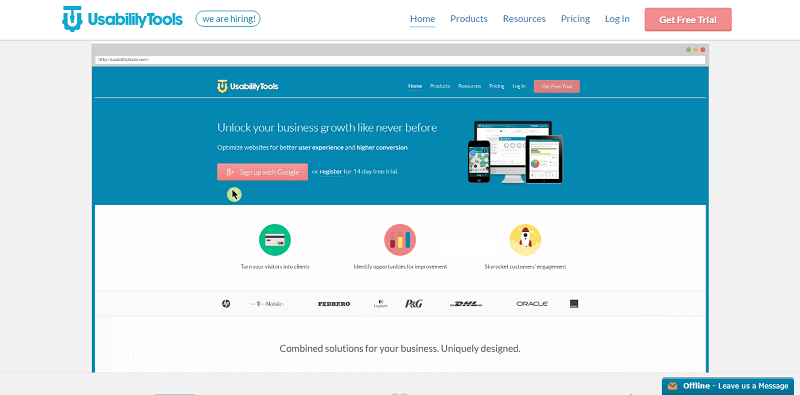
UsabilityTools allows you to get the pulse of your users by directly asking their opinions
This tool makes it possible for you to see the website as a user, and not just as a designer. Using its various testing and research methods, it can also help you feel the pulse of the users by asking them directly regarding how the service of your website can be improved. You can easily know the differences between the most and the least converting behaviors of your target users.
With UsabilityTools, you can save time because you can instantly see the most helpful visual user experience with the capture of mouse movement click and scroll of a website visitor. You can easily see and discover what users click during their visit to a website and what their usability issues are.
2. MouseStats
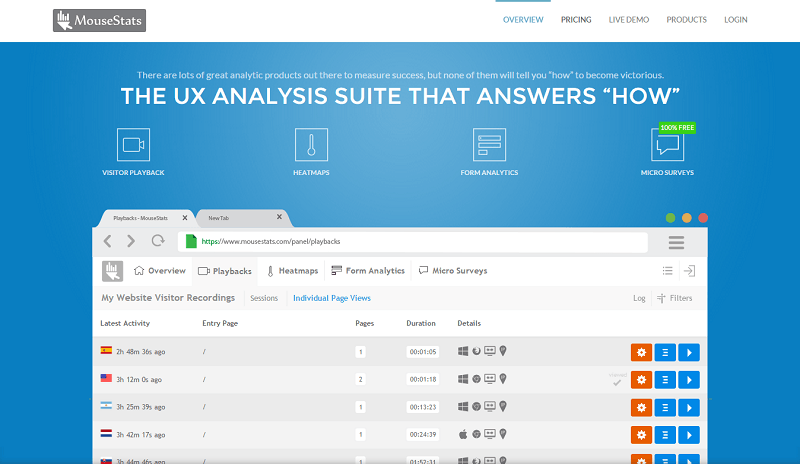
MouseStats enables you to track every movement of your user
Measuring a user’s activity is a breeze with MouseStats. It enables you to track every movement, scroll, or keystrokes of a user. You can record the whole visit of real users with a camera on your website and review them afterward. You can watch it as if you were watching a movie! It won’t take a lot of brains to understand what your users want as you browse thousands of interactions from the real users of your website.
MouseStats has Heatmaps, a great comprehensive solution for the collection, processing, visualizing, and understanding the combined behavior of your website users, whether they did so on a laptop, desktop, or a mobile device.
Micro Surveys is another feature of MouseStats that allows you to ask your visitors what they think about your website. And, doing so makes tracking your viewers preferences a great deal easier, thanks to the combined statistics and real reviews. Furthermore, you can get helpful insights from your real users.
Another MouseStats feature that you will surely find beneficial is the Form Analytics, which help you gather and analyze the behavior of your website visitors resulting in an improved comprehensive form report.
3. Attensee
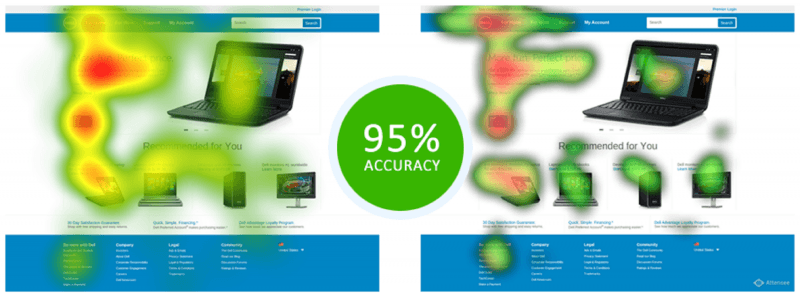
Attensee helps you measure the effictiveness of your design
Attensee is a tool that helps you measure visual attention distribution. With Attensee, you can measure the effectiveness of your design and find new ways to improve it. This tool enables you to gather more information from your user respondents as you combine tests and surveys.
Attensee also provides data what your users actually observe or pay attention to the conversion-oriented elements, such as CTA and banner ads. You can, likewise, check whether the current version of your layout meets the needs of your users. With Attensee, you can split-design your different layouts and decide on which one to use based on different factors, such as arrangements, sizes, and colors.
4. Appsee
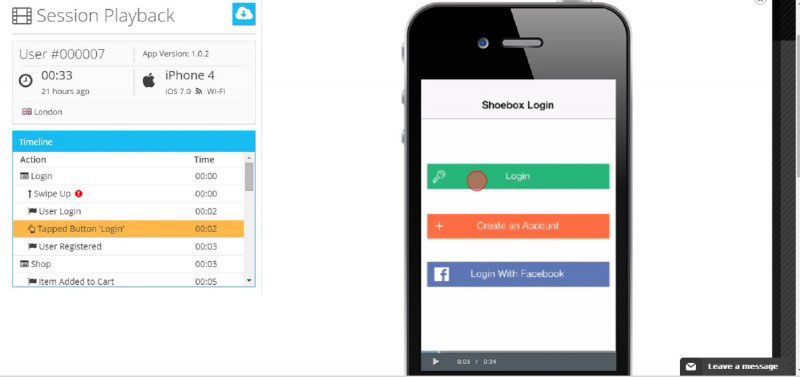
Appsee helps you to analyze the conversion funnel and enhance the performance of an app
Another favorite tool of many UX designers is Appsee, which is an analytic software for mobile apps. This tool makes it easy for designers to analyze the conversion funnel and enhance the performance of an app.
It has User Recordings that makes it possible for you to watch every action that users do, give you an insight on how the app that you have developed is used, and identify the problems that the users are experiencing, so that you can come up with a solution to these problems. In short, it enables you to see the app that you have created from the viewpoint of a user.
It also comes with Touch Heatmaps that enables you to monitor what actions are done with your app on every screen. This will let you know what elements of your app are more used.
Appsee also comes with Realtime In-App Analytics that makes it possible for you to get insightful analytics on how a user behaves. You can determine user behavior in each screen using simple yet powerful visual reports.
5. UserVoice
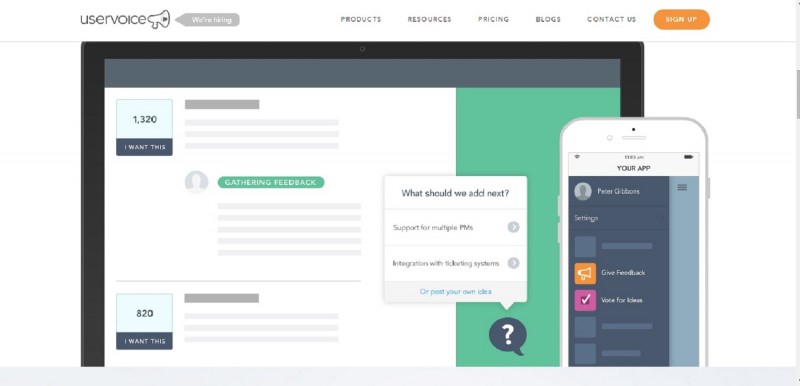
UserVoice enables you to be in the know of what your web users and clients think of your website or product
As its name suggests, it is already pretty obvious what the tool is. UserVoice enables you to be in the know of what your web users and clients think of your website or product. There is no questioning that this tool is a great help in gathering quick feedback from the clients and in managing the entire support system.
Piccolage, Bing Ads, and, yes, even Google use UserVoice.
6. Ethn.io
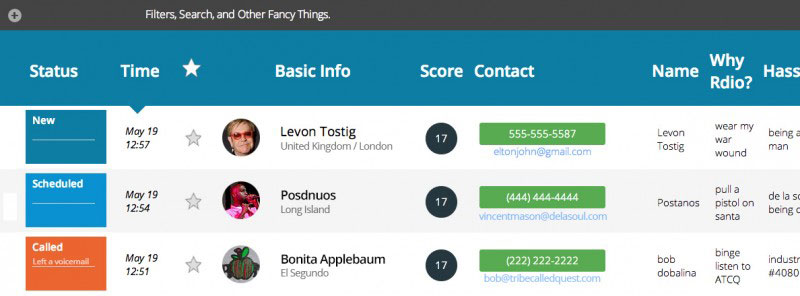
Ethn.io is a very helpful tool for your UX research
This is another tool that can help you with your research; however, there’s more to it. Ethn.io helps you easily recruit the respondents that you need as you make a questionnaire that can be filled out by qualified participants. Furthermore, you can even call up these respondents so that you can interview them directly.
So, how is it possible with Ethn.io? All you have to do is to make a screener and place Ethn.io’s JavaScript on your site, or you can also use the mobile-friendly direct link in your Facebook ad, LinkedIn ad, or its Twitter Find feature. Then if users fill it out, you get real-time notifications, after which, you can already contact them through email to do remote usability or schedule them for an interview.
7. Polldaddy
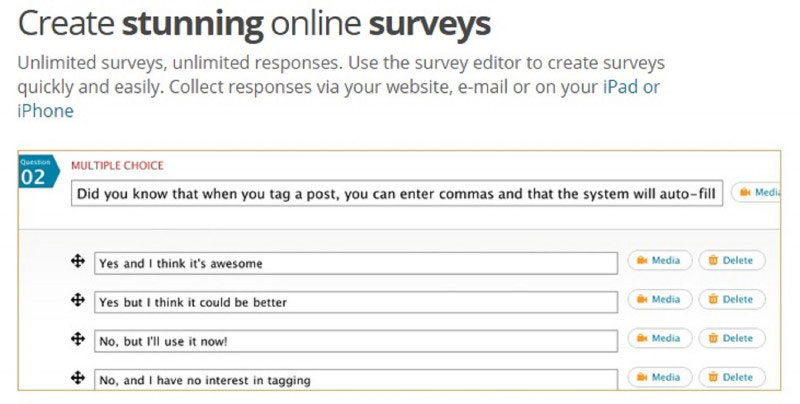
Polldaddy customizes how your surveys look as you change the font, size, color, and add HTML, images, and videos
There is no denying that Polldaddy is one of the most popular survey editors. With Polldaddy’s advanced editor, creating surveys is a breeze. All you have to do is to choose from its 14 question types. By using your CSS wizardry, you can customize how your surveys look as you change the font, size, color, and add HTML, images, and videos.
Polldaddy makes it possible for you to email the survey link to your target respondents, or you can also use it as a banner on your website. It also boasts of a powerful filtering and reporting, hence, you get the results that are most useful to you. The raw data that you gather can be easily exported to Excel PDF, CSV, Google Docs, and XML format.
Prototyping / Wireframing Tools
Even before the process of coding kicks off, a prototype of your projects already has the capacity to break everything. Hence, you need to check out these prototyping and wireframing tools that can be of great use to whatever you’re designing, may it be a fancy animated app or a complex website.
8. Solidify
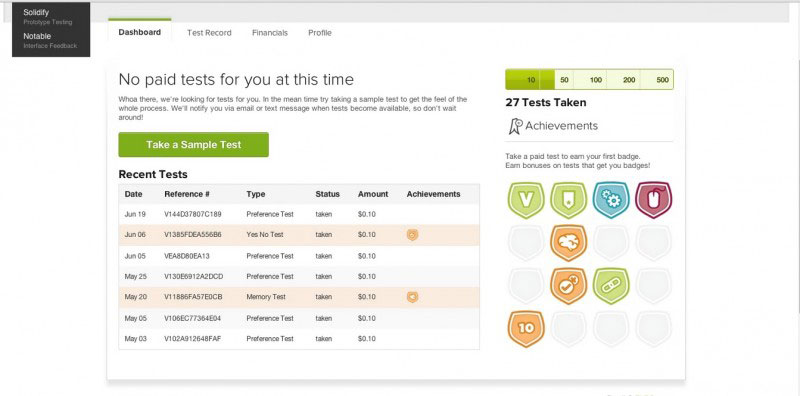
Solidify is a hybrid of a testing and prototyping tool that enables you to create clickable mockups
This tool is from ZURB, a product design company in Campbell, California. Solidify is a hybrid of a testing and prototyping tool that enables you to create clickable mockups through a free-form or heuristic tests without devoting time into development at all. Then, they will be tried by different users on various devices.
With the easy to understand reports it provides, validating your designs is quick and easy. You can see if the users are able to complete a specific task and get their opinion about your idea. With the help of a network of user testers, you can get quality results from a diverse set of users.
A basic Solidify account will cost you $19/month.
9. POP
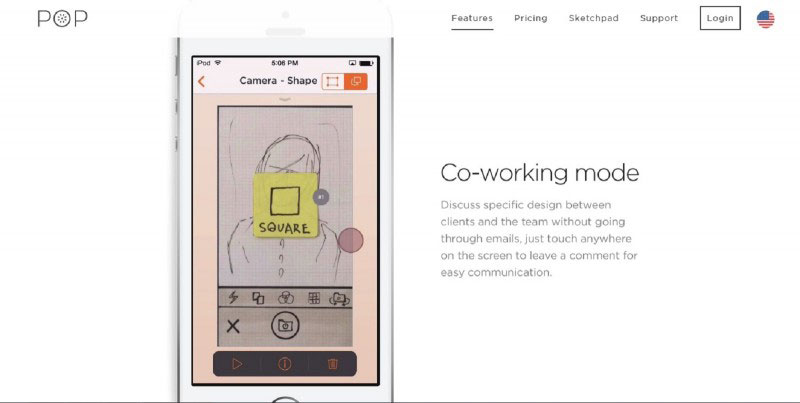
POP transforms sketches into prototypes that really work
This easy to use app can be counted upon in transforming sketches into prototypes that really work. There is no questioning that this is the best weapon of choice for designers who are accustomed to paper prototyping. It is not only useful, it saves you time, too. With POP, you can come up with as many mockups that you want without having to worry about importing and cropping them, as POP imports and crops images at once.
POP also takes pride in its rapid duplication, hence, your mockups, projects, and links can be easily edited and compared to fully functional ideas. With its tagging feature, you can effortlessly categorize and find your files.
10. UXPin
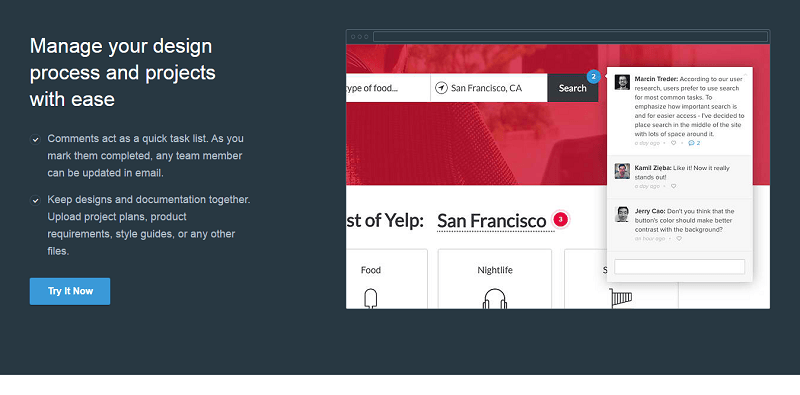
UXPin allows you to create interactive wireframes and prototypes
Surely, many designers consider this tool as highly useful regarding wireframing and prototyping. If you haven’t used UXPin yet, where have you been?
UXPin allows you to create interactive wireframes and prototypes. Many of those who use UXPin agree that the best thing about this tool is that it enables designers and website owners to easily see how their projects look on mobiles devices. All they need to do is just adjust the browser to any given size. Furthermore, UXPin has made it easy for them to collaborate on a project with other teams. Indeed, it saves them time whenever they create a wireframe that their clients want at the onset.
A few clicks is all you need to convert any mockup or wireframe into a prototype that is fully interactive. You also don’t need to worry whether you are importing from Sketch or Photoshop as all layers are preserved for prototyping.
11. Proto.io
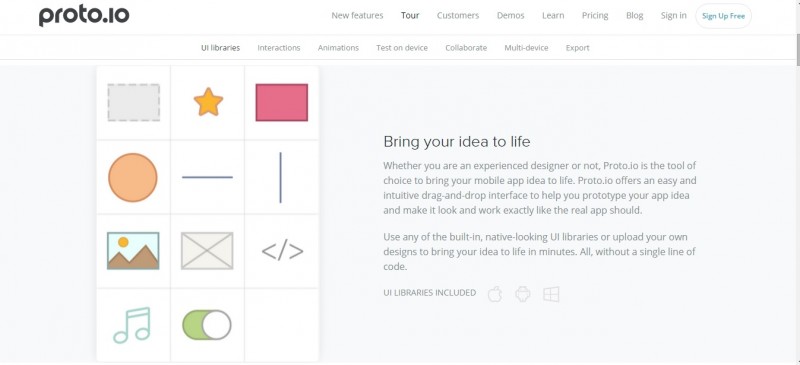
Proto.io helps designers communicate complex interaction patterns in an iterative and fast design process
This tool is beneficial for UX designers who are fond of making apps that include animations. Proto.io allows you to animate any element on the design and pick the user interaction that causes the change of state.
Proto.io helps designers communicate complex interaction patterns in an iterative and fast design process. The gestures and logic depth enable UX designers to be more creative and deliver prototypes that are simply amazing.
12. Power Mockup
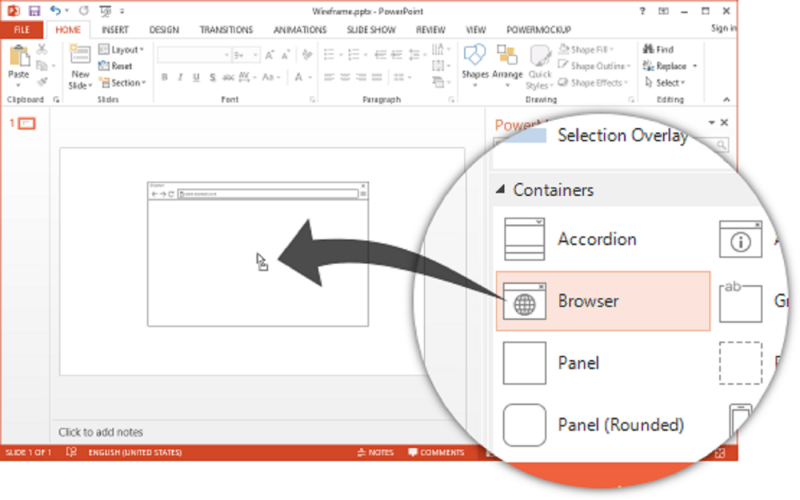
Power Mockup allows you to directly prototype in PowerPoint
This tool makes it possible for you to directly prototype in PowerPoint. Power Mockup is a great way to involve non-technical members of the team in the design process. Since it comes with a library of stencils, Proto.io is, indeed, a versatile tool that every UX designer needs.
13. Balsamiq
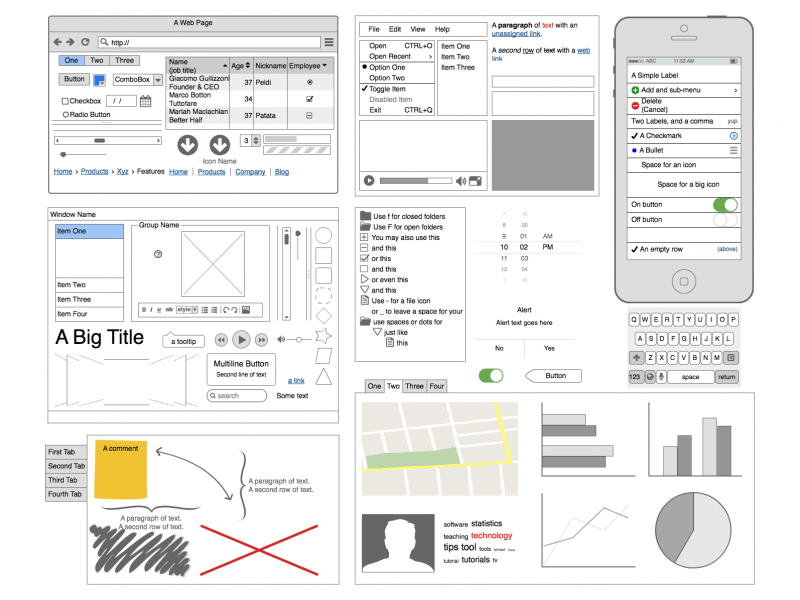
Balsamiq allows you to effortlessly create prototypes
This is sold as a Desktop application, web application, and as a plugin for different bug trackers and wikis. With all its many features, the best of them all is the rapid prototyping, which enables you to effortlessly create prototypes. Furthermore, the creative process becomes easily understandable and attainable, thanks to its drag-and-drop editor.
14. Pidoco
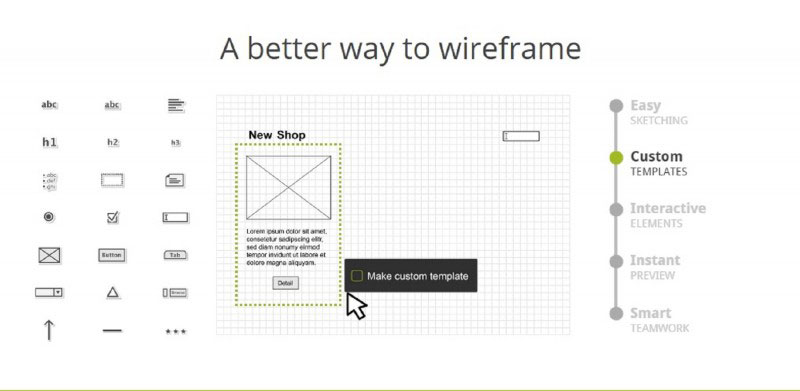
Pidoco has a drag and drop interface which allows you to create prototypes easily
With its drag and drop function, there is no questioning the ease of using Pidoco for designing prototypes. You don’t need to program in order for you to come up with interactive prototypes, where you can actualize your ideas and engage your clients.
These interactive prototypes make it possible for you to involve your end users early on the process and learn from their feedback to enhance your work before spending money into development. Without question, Pidoco enables you to do the ideal way of coming up with a great user experience!
Collaboration Tools
With the concept of working together, despite being separated geographically and in different time zones, becoming more popular, it goes without saying that easy collaboration is important. The following collaboration tools can certainly help you manage your tasks effectively and beat your deadlines.
15. Memosort
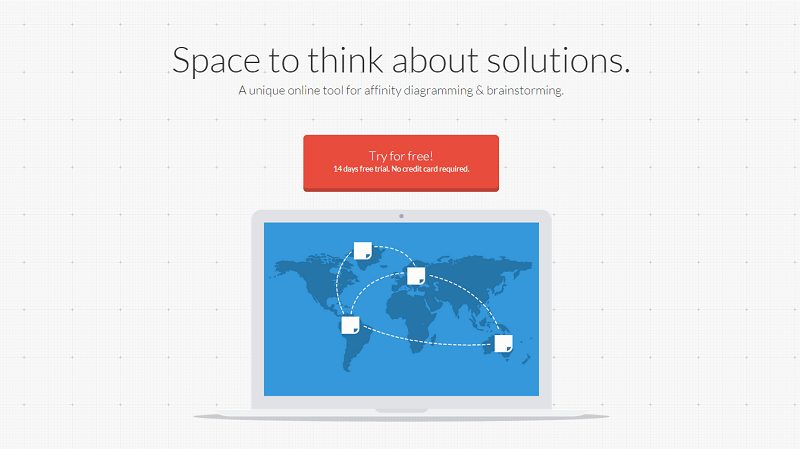
With Memosort, you can collaborate with the rest of the design team in real time
This tool can help you do away with the chaos that you and your team experience when you are brainstorming online or having real-time collaboration. You can collaborate with the rest of the design team in real time, regardless of where you are allowing you to save a great deal of time and money.
This virtual Post-Its makes it possible for you to do affinity brainstorming and diagramming without much trouble. Creating a report quickly from e-meetings and transferring data is a breeze with Memosort. With this tool, you no longer need to use the colorful Post-Its that can leave your workplace really messy as everything can be in an apple-pie-order.
16. InVision
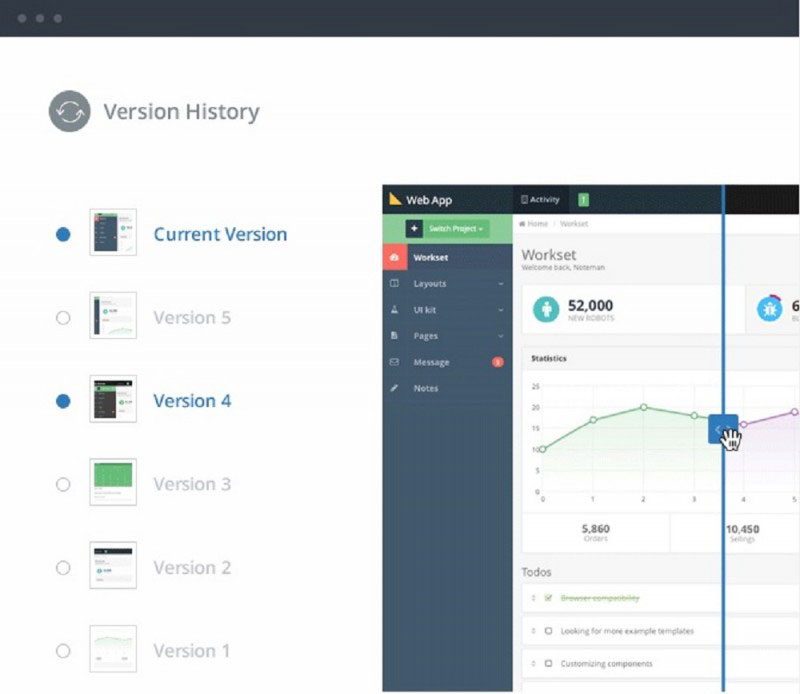
Simplify your feedback gathering process with InVision
With InVision, you can simplify the feedback gathering process as your clients and stakeholders can directly give their opinion about your designs. You just need to mark comments and screens to keep everyone updated automatically. Many companies have already expressed how satisfied they are with this app as it has helped them actualize their designs much quicker.
Your clients and other members of the design team can readily see the progress of the project. With InVision’s capability to automatically track version history, you can check out previous designs whenever you want, complete with comments. You can even easily revert back with a mere click.
While it is true that you can use InVision for prototyping, it is more known for its advanced collaboration features. Evernote, Soundcloud, AT&T, Sony, LinkedIn, Dell, ESPN, and Adobe are some of the big companies that use InVision.
17. Mural.ly
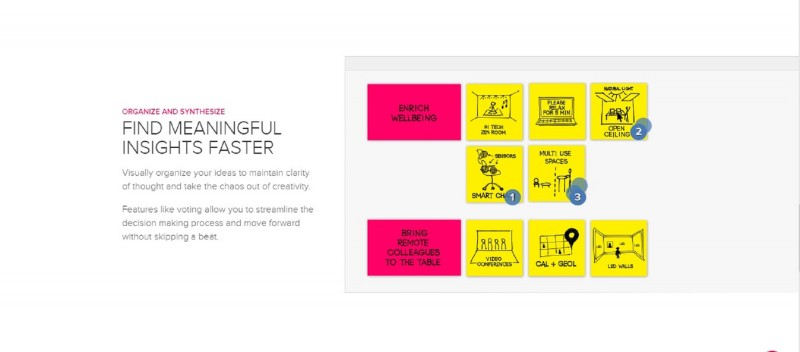
Mural.ly allows you and your team to keep track of comments and conversations regardless of one another’s location
With Mural.ly, you can gather your thoughts and insights fast in one place. All you need to do is dump all of your ideas on Mural.ly’s flexible canvas and supplement them with multimedia of your choice, whether they are from the Internet or your computer. You can work seamlessly within the same space as if you and the rest of your team were just seated alongside each other in the same room.
Mural.ly allows you and the rest of your collaborators to be in the loop with the comments and conversations regardless of one another’s location. Without question, Mural.ly is one tool that can help you organize your ideas and maintain the clarity of your thoughts as you extract your creative juices. Disney, IBM, and Paypal are some of the big names that have chosen Mural.ly.
18. Prevue
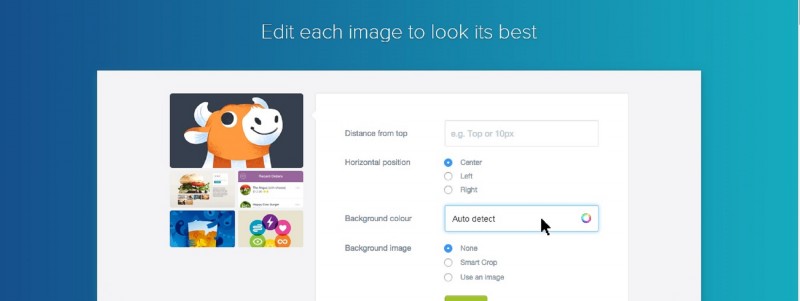
Prevue makes every part of your projects become even more impressive
Every part of Prevue can contribute to making your project become even more impressive. Whether you’re sharing work with clients or with the rest of your team, you can invite the people that matter in the project to add their own work to the account of the team.
Whether your clients still use IE7 or retina screens, your project can be tested to look impressive in any type of screen.
19. Cage
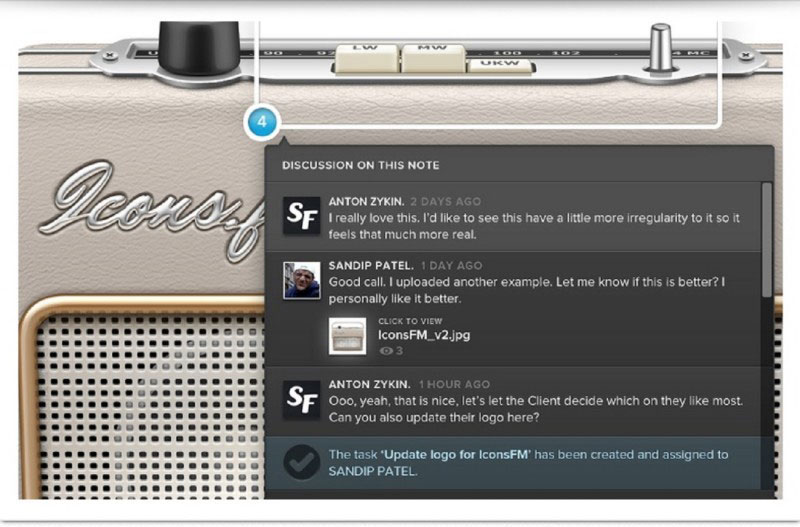
CAGE allows you and others to collaborate directly on the visuals
This app allows you and others to collaborate directly on the visuals. It is useful for gathering feedback on the succeeding iterations. You can give sensible feedbacks whenever and wherever you are.
With Cage, you can easily keep track of the revisions that you’ve made and show them to your clients so that they can be aware of the progress of the project. Hence, you don’t need to waste your time waiting for your work to be approved.
20. StoryboardThat
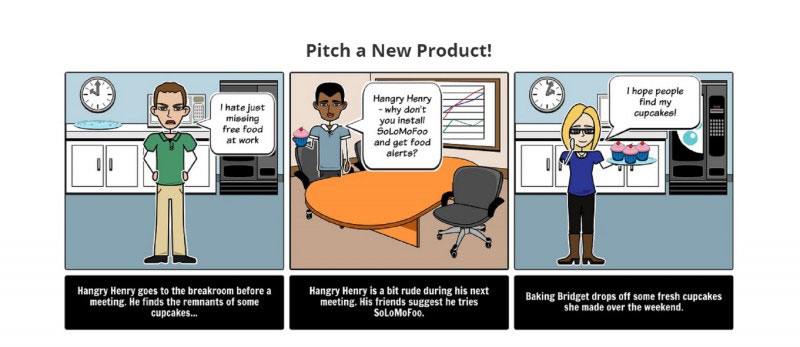
Communicate and brainstorm your ideas for coming up with storyboards online with StoryboardThat
You can communicate and brainstorm your ideas for coming up with storyboards online with StoryboardThat. This app boasts of a vast library of characters, images, and scenes. You can choose from a wide array of poseable characters that range from Ancient Greece to the Space Age. Each storyboard can have as many as 100 cells.
StoryboardThat comes with flexible layouts, offering 6 layout choices, such as Spider Maps, Timelines, Classic, T-Charts, Grids, and Frayer Models. It is, without question, intuitive and simple, thanks to its drag-and-drop interface.
Conclusion
There are many other online tools that are just as helpful to many UX designers but are not listed on this article. Nonetheless, always remember that combining different tools can always give you the upper hand in achieving your design goals and impressing not only your clients but, most of all, the users.
This post may contain affiliate links. See our disclosure about affiliate links here.


